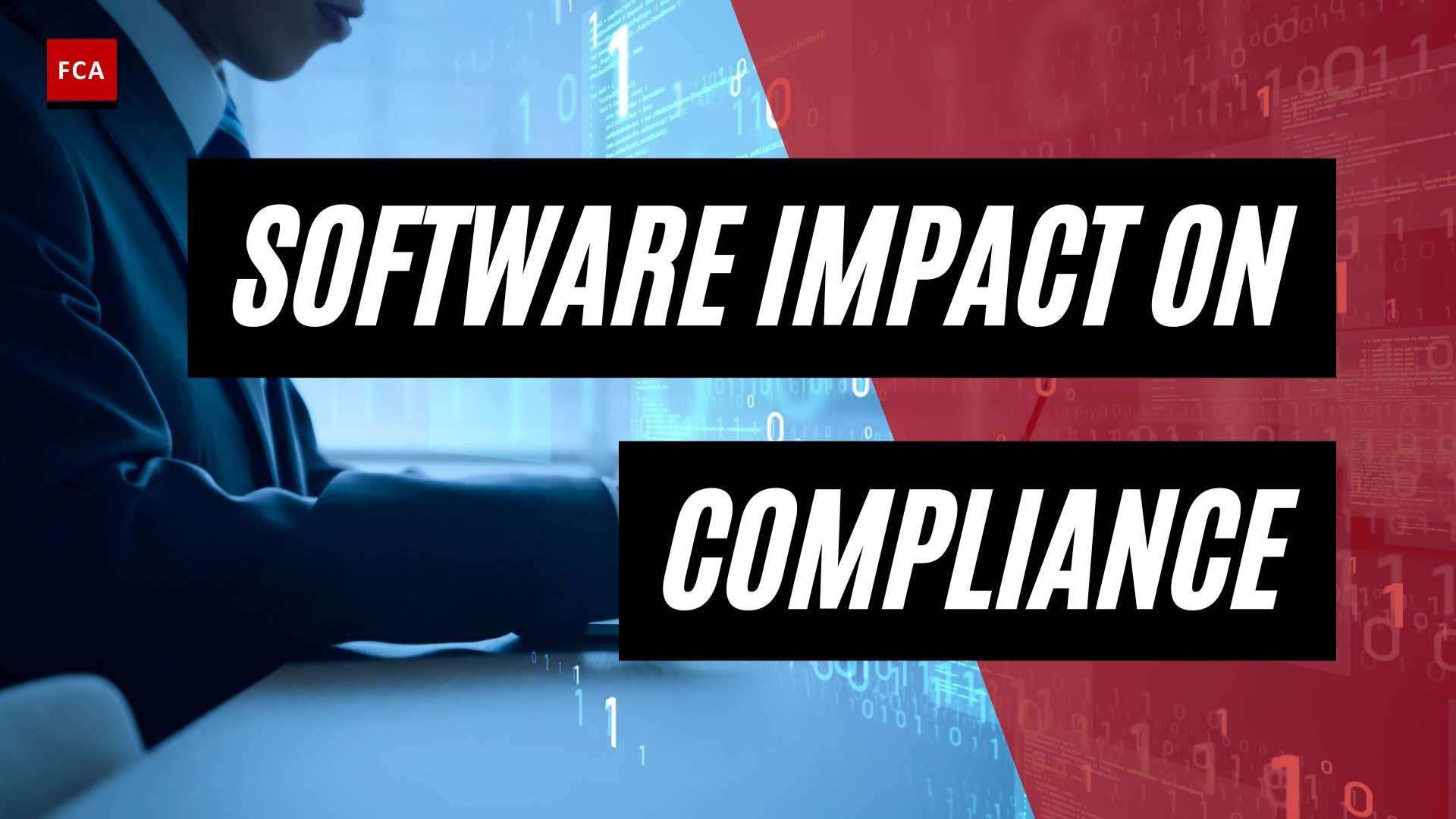Customer monitoring and screening helps the organization avoid the risk of onboarding the criminal or money launderer. Customer risk levels may change over time. So, companies must periodically conduct risk assessments to detect and take action against customer risks. In the customer monitoring process, companies should apply the controls they implement during the customer onboarding process and classify them again according to their risk levels.

Different Types of Customer Monitoring and Screening
There are different types of screening, but generally, the three types are famous and form part of the overall KYC program of the organization. Such screening types are discussed as follows:
Politically Exposed Persons Screening
A politically exposed person or PEP is a person who holds a prominent or higher position or influence in a jurisdiction and is more accepted to being involved in money laundering, bribery, corruption, etc. PEP Screening is done to identify and conduct due diligence on any PEPs found in an organization. It also ascertains other high-risk customers who hold designated positions in an onboarding organization.
For example, if an organization is onboarding a corporate customer, and the purpose of the corporate customer is to avail of a certain financing line. The corporate customer provides necessary identification information, documents, and the list of Board members.
Before opening the corporate account, and as part of the Know Your Customer or KYC, the banes of the principal officers and Board members shall be screened in the negative and PEP lists. The purpose of screening from the PEP list is to ensure that any identified PEP is marked as high-risk, and the account shall also be marked as high-risk if opened.
Sanction Screening
The sanction is backed by severe civil and criminal charges, and all kinds of organizations should be aware and do proper due diligence for sanction. These are illegal activities done by a customer due to which local or international authorized leveled sanctions on an individual or entity.
Sanction screening identifies that no individuals and organizations are on the global law enforcement and sanctions lists, which means lists consist of organizations and individuals who cannot be onboarded with any organization.
Suppose the customer being the corporate customer, is already onboarded by the bank. Initial due diligence was performed at the time of onboarding the customer. The bank shall, on an ongoing basis as monitoring, perform the sanction screening to ensure that the customer does not appear in the sanction due to any criminal record created after being onboarded. If any sanction connections are found under the entity, the bank would immediately stop financial transactions.

Negative News Screening
Negative news screening is essential to the customer due to the diligence process for organizations like financial and non-financial institutions. Sometimes, the news is informed about a client’s engagement with criminal and unethical activities such as money laundering or terrorist financing. Adverse media or negative news may be defined as any bad information about any person or group of persons published, disclosed, or discovered on any medium available and accessible to the public.
There is a risk that customers of the bank may be involved in any criminal activity or have a relationship with criminal groups, including money laundering. This risk is further increased for high-risk category customers of the bank. Therefore, banks perform regular and ongoing monitoring of customers’ transactions and activities, including searching customers’ names and profiles in negative news or various adverse media portals.
Thus, an organization needs to identify and assess the news related to money laundering, frauds or scams, etc., on the board. This organization’s action will help assess and reassess the client risk profile and protect the organization from reputational damage because working with companies is not allowed in a jurisdiction as per law.
For example, any negative adverse media news related to an onboarded entity is generally considered negative. News can further be divided into financial crime, narcotics, cybercrimes, fraud, Tax evasion, scam, etc. An organization needs to be vigilant while onboarding an entity. There are various tools for negative news, but one can only use Google search for it. Just Google and type the name of an organization or individual along with fraud, scam, tax evasion news, etc.
Final Thoughts
The goal of customer screening and monitoring is to identify customer risks through risk assessment. The procedures used for this purpose are commonly referred to as “Know Your Customer” and “Customer Due Diligence” procedures. KYC procedures are used to collect customer information and ensure the accuracy of that information. Customer due diligence check procedures are implemented after the accuracy of the customer information is confirmed.
Sanction, PEP, and adverse media screening are some of the risk assessment controls used in customer screening and monitoring processes. Companies are required by regulators to apply sanctions, PEP, and adverse media scanning to their customers during the account opening and monitoring processes.








